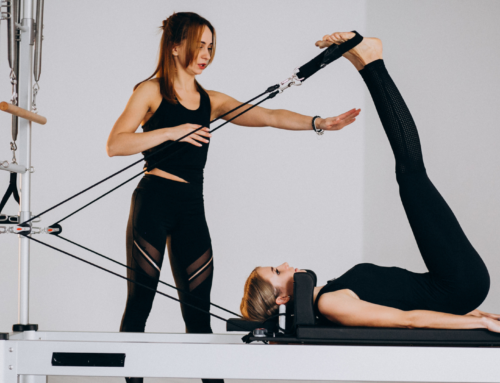How do you avoid sore muscles or delayed onset muscle soreness (DOMS) after exercising?
Can you in fact avoid sore muscles after exercising? It seems it can certainly be reduced, if not avoided entirely. The following are our tips to reduce Delayed onset muscle soreness (DOMS).

Tip #1:
The most effective, and easiest way is to gradually increase your training load. After repeated bouts of the same type of exercise, and a gradual increase, your muscles adapt and will not react in a way that leads to sore muscles. This means proper planning of your exercise program.
Tip #2:
Some evidence suggests that compression garments can limit some muscle vibration that contributes to DOMS. In addition to this, it is likely that proper nutrition helps in limiting sore muscles too.
Tip #3:
Doing cardio exercises for 10-15 minutes after weight training helps to reduce sore muscles. The exercise can be low intensity like the bike or walking at a steady pace on the treadmill.

Tip #4:
Using ice packs certainly helps in reducing muscle soreness. Haven’t you seen elite athletes immersing themselves in ice cold water immediately after their games? Well, this is why.
Tip #5:
Massage can certainly help in improving the blood flow and reducing the aching in sore muscles. Although, the pressure will need to be light as compared to a remedial massage to reduce discomfort.

So now you know, you don’t have to worry if there’s muscle soreness after starting new exercises or increasing training load. In fact, it’s very normal and beginners to elite athletes all experience this. It is important however to plan your training program well especially if you have injuries. Our Exercise Physiologists plan the right program for which individual based on their goals.






